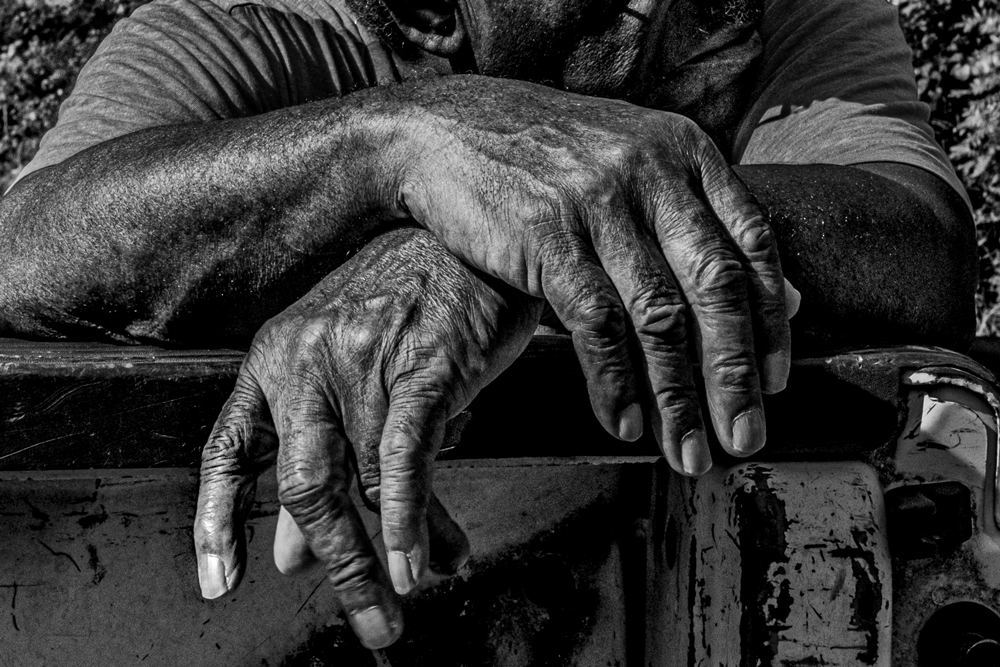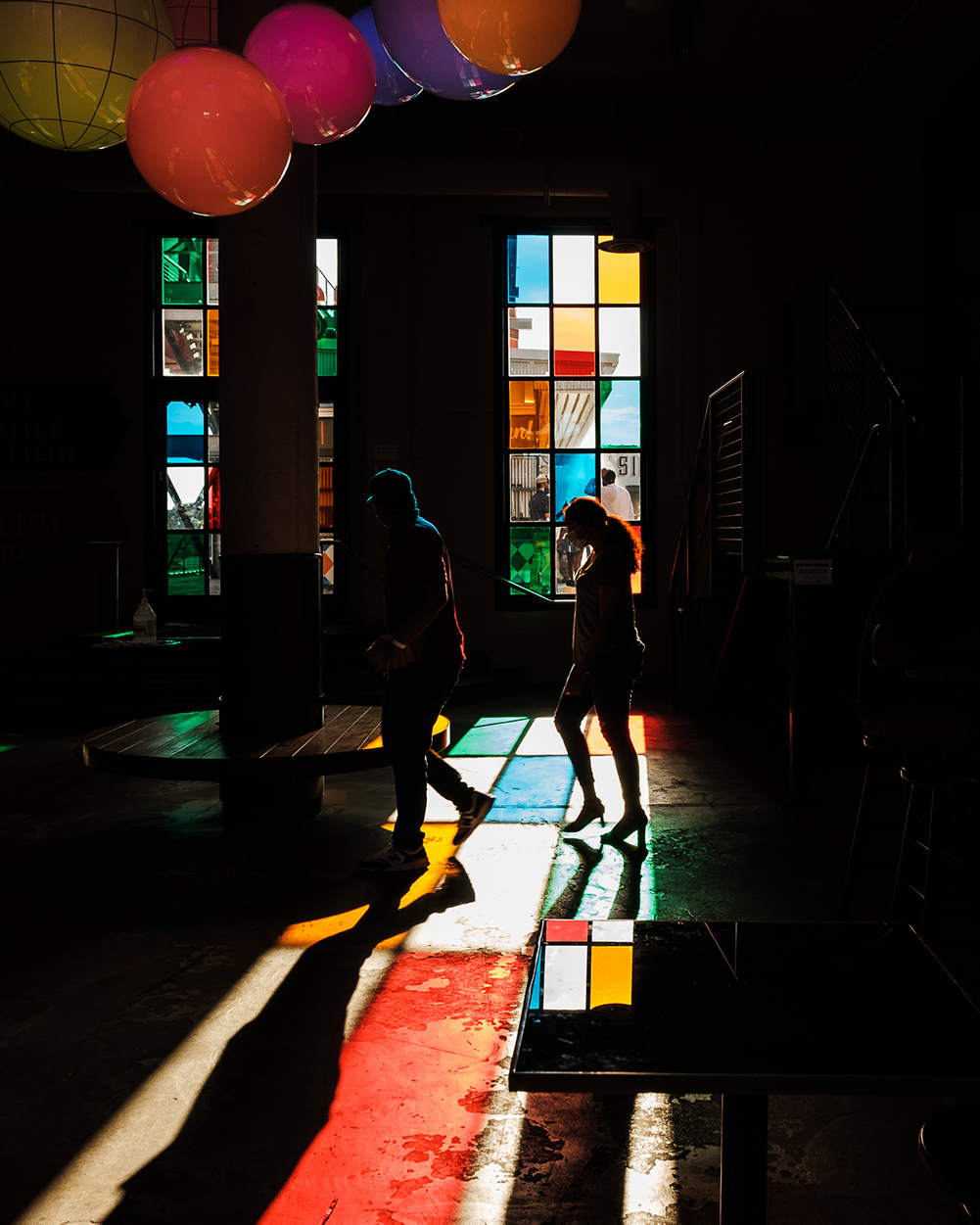 Students of Storytelling
Students of Storytelling 
Malik J. Norman, a photography student at UNC Charlotte College of Arts and Architecture, shares a chapter from his senior thesis project, Visual Waters of Mineral Springs, with a visual narrative spotlighting how his subject—and grandfather—Mr. Richard Allen Coffey, has reclaimed his “40 acres and a mule” in the historical southern Black rural community of Western Union Park.
Norman won the Fujifilm Students of Storytelling competition for this project, which investigates what he calls the “ethnography of community to reveal personal and universal truths.”
Fujifilm created the contest to identify the next generation of U.S. storytellers, and to provide them with Fujifilm X Series or GFX System gear to bring their vision to life.
Rangefinder: What interests you as a storyteller? Which stories are you drawn to?
Malik J. Norman: What interests me most about being a storyteller is the process of acquiring knowledge or perspectives and transmuting it through self-expression. I am drawn to culturally Black stories and literature because they enrich my Black experience and history.
Rf: What specific stories do you want to share through your work?
MJN: With Visual Waters of Mineral Springs I want to share the Black American historic context of Western Union Park, a historical southern Black rural community within Mineral Springs, North Carolina. With an ethnographic lens, I explore and research community voices to better understand why Black folks were displaced here. Lastly, I want to share how this community has sustained its Black identity.
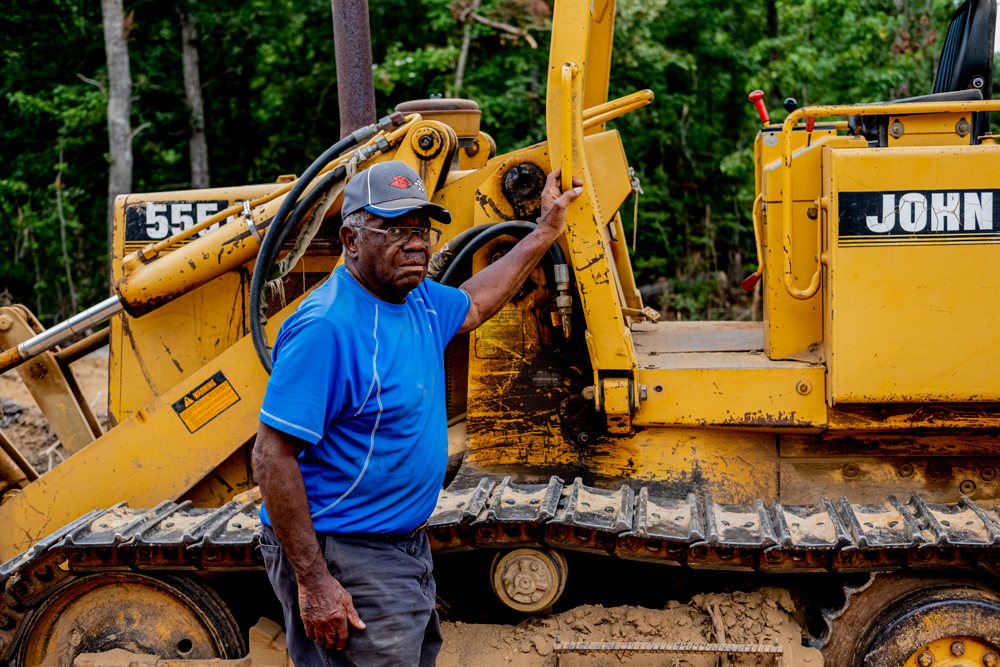
Mr. Richard Allen Coffey
A name that holds respect,
Worthy to represent a road in the community.
He created jobs, homes, and opportunities,
For a people who were tired of hurt.
Photographed on a Fujifilm X-Pro3 with a 35mm f2 lens. All Photos © Malik J. Norman
Rf: Describe the evolution of your style and approach. How has it changed over time, and why?
MJN: Growing up in rural North Carolina, my brothers and I would race up trees. We would reside in those branches for hours, welcoming stillness. With eyes closed, I experienced the wind’s secret song as the cicadas harmonized and the birds praised the day. I would open and close my eyes to a kaleidoscope of awe-inspiring light and shade. The wind seemed to choreograph a visual dance between the foliage and light. In hindsight, that was my earliest fascination to a camera lens shutter. In my junior year of high school, my beloved mother purchased my first camera because I signed up for a photography class. I carried my camera everywhere to test the limits of the camera. I eventually asked myself, what do I want to use this instrument to say? I wanted to tell a story of my history and community. Thus, began my path of narrative photography.
Rf: Who has influenced your work, and how?
MJN: I stumbled upon Invisible Man: Gordon Parks and Ralph Ellison in Harlem, a wonderful collaboration that has really influenced me and my work. I was moved by Gordon Parks’ intentionality of the images and how he brought new life to Ralph Ellison’s written language. Gordon Parks’ life has challenged me to use the camera to tell a story without staging but rather as a tool for documenting a story. Gordon Parks’ words “…the camera could be a weapon against poverty, against racism, against all sorts of social wrong…” resonate with my spirit and is why I render light. As a photographer I am committed to create images that inform social history and reform. I pursue higher education with my commitment for image making as my compass.
Another photographer I have been influenced by is Dawoud Bey, whose conceptual approach to storytelling, bringing history back to this moment, has inspired me to create work that educates and honors history. David Hammons is another role model because there is this freedom and spirituality to his work. He encourages me to embrace the discovery of play and various processes of my artistic expression. His life moves me to embrace my inner child when creating and to be true to my spirit.
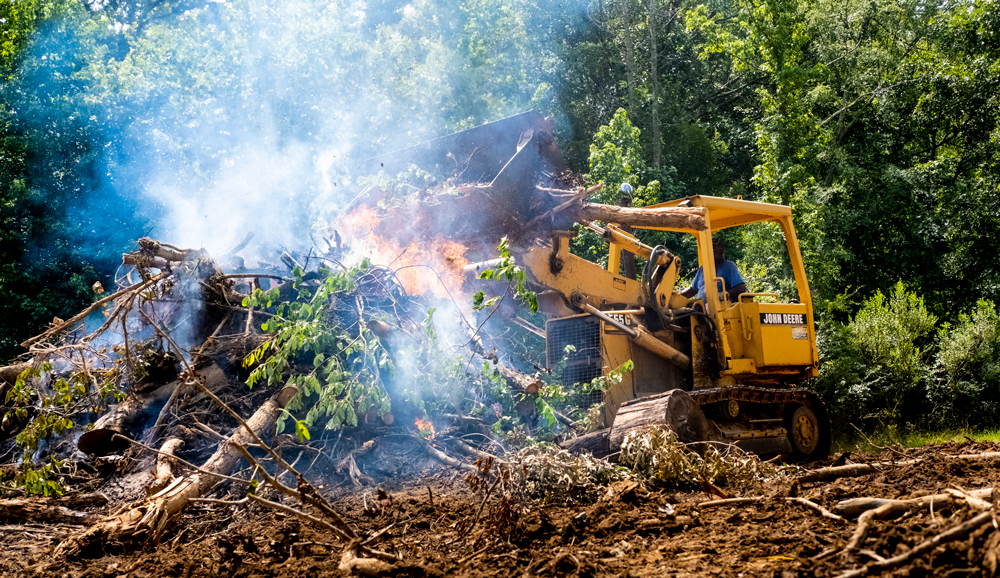
Grandfather was present and easily accessible,
To show me how this Black body,
No.
As a Black Man,
Should never be penniless,
And without a vision.
Photographed on a Fujifilm X-Pro3 with a 35mm f2 lens.
Rf: What are the key things you have learned or done that have helped you advance your career since you began shooting?
MJN: The key things that I have learned or done that have helped advance my career are:
1) Always be a student.
2) Ask questions
3) Read
4) Put in the time so you can become a master (10,000 hours theory)
Rf: What is the most helpful piece of advice you’ve received and followed? Who gave it to you?
MJN: One day I was uncertain about what I was doing with my life. I prayed and the spirit led me to Psalms 23: 1-6.
Rf: Your Visual Waters of Mineral Springs projects highlights a historical southern Black rural community. What do you want viewers to walk away understanding after seeing this work?
MJN: I would like the viewer to understand how the historical content of the Western Union Park in Mineral Springs, North Carolina, fits into the larger veil of Black American history. The work highlights the resilience of the land, culture and the Black bodies.

Where I am from
When the Sun subsides
And the sky is clear
Divinity presence intensifies
Graced by ancestral guiding lights
Day revealed the East and West
Came to know North salvation by Night’s ladle
The South is where I am from
Chin up
One becomes what is perceived.
With eyes close I pray.
Photographed on a Fujifilm X-Pro3 with a 35mm f2 lens.
Rf: Are there other untold stories you will to tackle in your photographic work?
MJN: The untold story that I will share in Visual Waters of Mineral Springs, is how Richard Allen Coffey, my grandfather, reclaimed his “40 acres and a mule.”
Rf: How have your studies affected your approach to photography and storytelling?
MJN: Being classically trained in photography at UNC Charlotte College of Art and Architecture BFA program has enlightened me to the history and world of photography. I thought I knew what photography was, but I soon realized that I was a baby, ignorant of the vast and rich industry of photography and art. Developing film and printing in the darkroom allowed me to appreciate the process and physicality of the creating an image. I love analog photography specifically the 4 x 5 View Camera. Creating images with the view camera taught me to slow down and become more intentional when composing an image. The history of photography consists of photographer and imager maker who framed their perspective of light. I am inspired by the past and the continuous visual language created by those who also play with light. I strive to live a life contributing to the photography community.
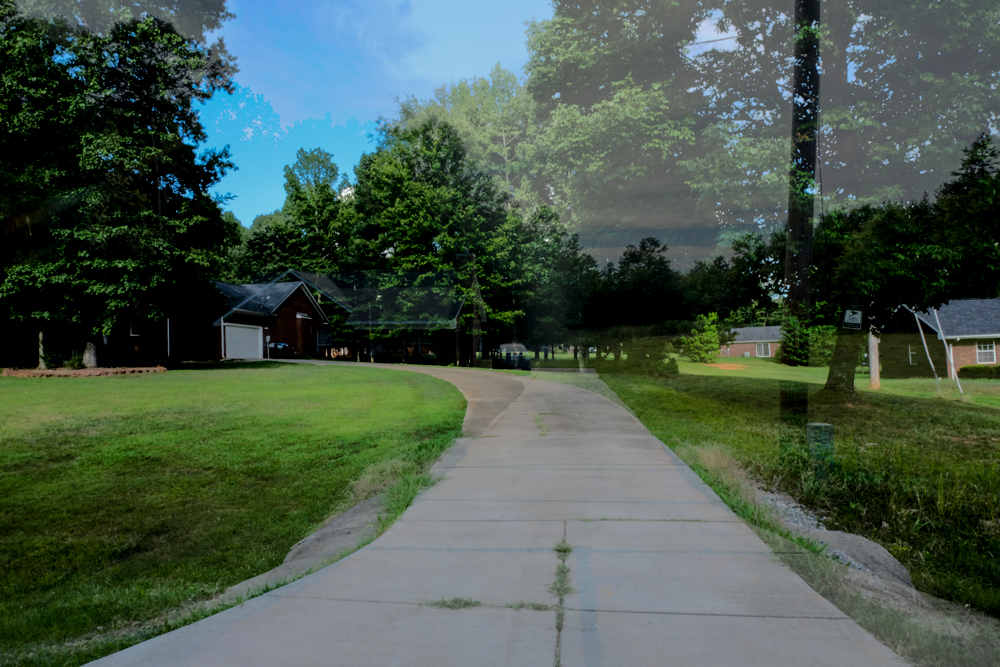
So, he could construct with in the grace of silent.
Photographed on a Fujifilm X-Pro3 with a 16mm f2.8 lens.
Rf: Tell us about your submission to Fujifilm’s Students of Storytelling program. How did you come up with the project?
MJN: My photo submission came from my desire to pay homage and uplift the land and people who have allowed me to continue to grow into myself. My aspiration in life is to use my passion; photography, for social and economic mobility. Throughout my BFA program at UNC Charlotte I always asked these questions to my peers, professors, and mentors: What role can art play in self-sufficient socioeconomic reform? What artists are doing socioeconomic reform work? I want to begin to make change from home. Visual Waters of Mineral Springs aims to create a photographic archive that shows my community, Western Union Park in a positive light. Using photography to create social impact will allow my folks to see themselves and their greatness, but also have them live forever through art so the next generation can understand where they came from and build from their foundation.
Rf: What works have you produced with your new Fujifilm systems?
MJN: Besides the work I am doing as a Fujifilm Student of Storytelling, I mainly find myself playing and becoming more familiar with my X-Pro3. What I appreciate about X-Pro3 is the ability to personalize the camera. The more I play and capture light with my camera the more it becomes a part of my being. As of right now, I find myself doing a lot of night photography because I am amazed by the color and image quality of the camera.
Rf: Where do you see your work going from here?
MJN: With Visual Waters of Mineral Springs, I see the work evolving into a photo book and into an exhibition. With my art practice, I will continue to create art that is true to my spirit and honors my community. As I continue to grow into my artistry, I will investigate and implement the ways art can be a catalyst for economic mobility for a community.
Rf: Which brand, media outlet or agency is your ideal client? And why?
MJN: As an aspiring fine art photographer, I desire to have a career where I create authenticity from my spirit. My practice will focus on the way’s that can be a means for community economic reform. I would like to work with corporations and institutions to see how they could participate in self-sufficient economic reform. Fujifilm has a loving and diverse community. As a Student of Storytelling, I get to see behind the veil. I would love to continue to work with Fujifilm with a focus on community-wealth-building, building relationships and exhibiting work. I hope to receive the MacArthur Fellowship award from my work and the life of service that I live. I come from a small town where generations of my family prayed that their children may have it easier. I have dreams and goals of grandeur so that I can lay the foundation for the next generation.
Visit the official Fujifilm Students of Storytelling site for more information about the complete program. Follow @malikjnorman to stay up to date with Malik J. Norman.

